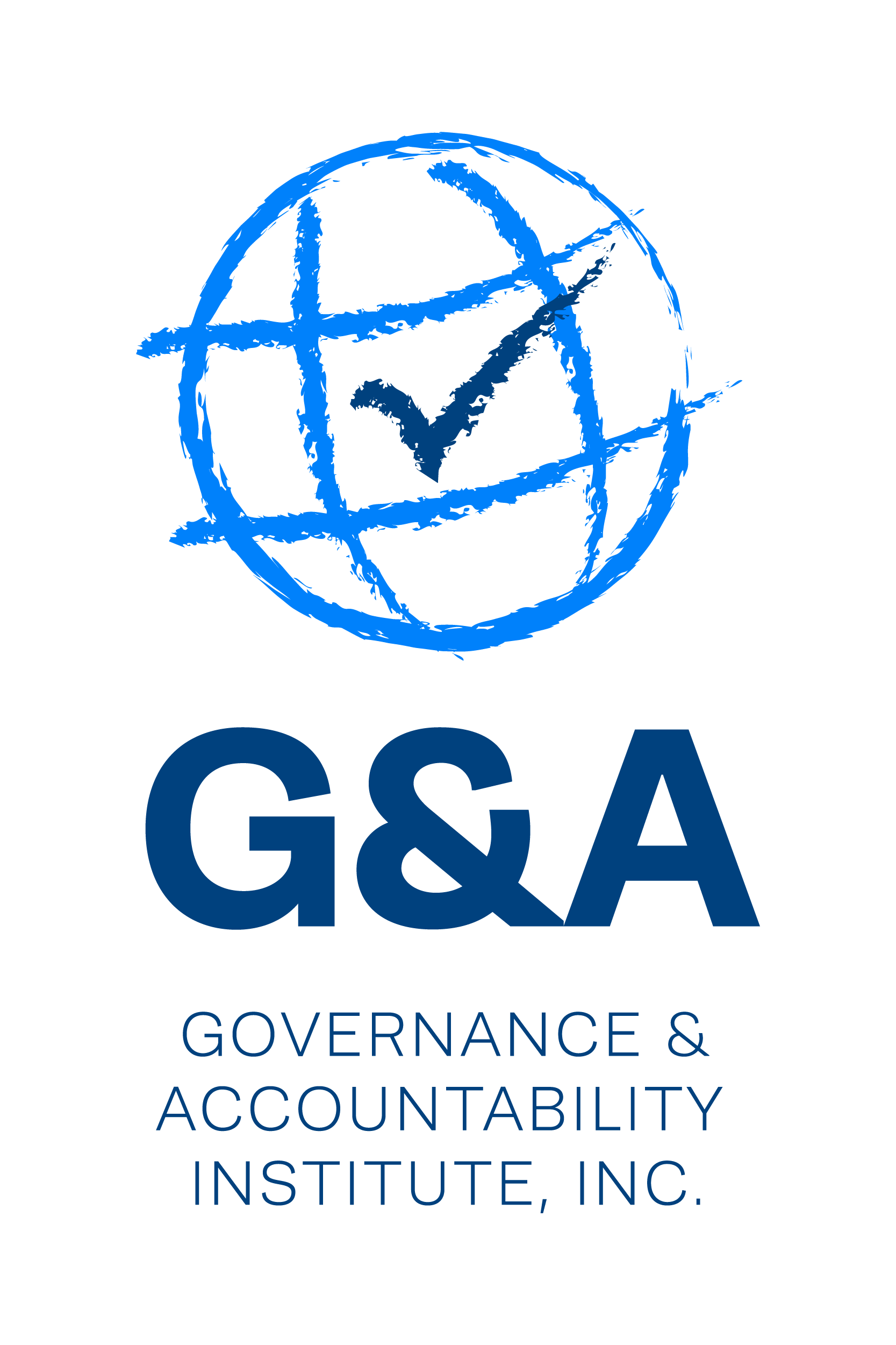“Sustainable Investing” or Just Plain “Investing” - Where Are We in 2021? Important Milestones Provide Answers...
G&A's Sustainability Highlights (02.19.2021)
“Sustainable Investing” or Just Plain “Investing” - Where Are We in 2021? Impor…
About Sustainable / or ESG Investing: We have traveled a far distance over the past four decades, beginning with “ethical” and “faith-based” and the more frequent “socially responsible investing” (SRI), morphing over time into “sustainable & responsible investing” (still SRI for the traditionalist) and on to “ESG investing”. And now to… how about “investing”? That is, just plain investing, as our friend and colleague Erika Karp, CEO of Cornerstone Capital Group has been long saying.
At conferences, Erika (a former head of UBS research) would often say to the crowd, “one day it will be ‘investing’ without the adjectives”. That day appears to be here! Let’s see how and why.
We can start making that “just plain investing” case with the results of the US SIF biannual survey of professional asset managers in the United States (2020) – $1-in-$3 of professionally-managed AUM follows some type of ESG/sustainable investing approach. That is $17 trillion of a $55T market and growing in leaps and bounds. We can expect the next survey to report $1-in-$2 or better.
More recent news: Morningstar looked at “sustainable funds” for 2020 and determined that more than $51 billion flowed into new investments (double the record year of 2019) …accounting for one-quarter of all newly invested money.
Morningstar’s Jon Hale (author of the report) explains that the worsening climate crisis, the Coronavirus pandemic, and the Black Lives Matter movement are among the many reasons for this apparent flight to safety investing trend.
And, the sustainable funds outperformed (on average) more than conventional funds, with three out of four sustainable equity funds ranked in the top half of their Morningstar category in 2020. (There are about 400 “sustainable funds” available for investment, says Morningstar, up from 139 in 2015 as the firm began to separate sustainable funds for close examination from the usual mutual funds.)
Morningstar applies a Sustainability Rating for funds to help investors measure portfolio level risk from ESG factors, using Sustainalytics ratings to measure a company’s material ESG risk; the scores are rolled up to company level scores to come up with the portfolio score.
The World Economic Forum (the Davos meetings folks) points out an important factor in 2020 investing growth – 10 million new individual investors began investing since the start of the pandemic. The newcomers to investing are often younger, and Millennial Generation (born 1980-2000 by most definitions).
The post-Baby Boomers (born after 1965) stand to inherit an estimated US$30 trillion as their Boomer parents pass along their wealth in coming years. (Boomers are categorized as the post-WWII baby boom born 1946 to 1964.) Says WEF: “As this great wealth transfers, what might this mean for wealth inequality and long-term sustainable value creation?”
An important “add” here to note is the moves by Goldman Sachs to issue $750 billion in sustainable financing, investing and advisory activity by 2030 (according to the CEO).
In this issue we share four Top Story items that add considerable information to the above. Are we ready yet to follow Erika Karp’s advice – just call all of this ‘investing’?
This is just the introduction of G&A's Sustainability Highlights newsletter this week. Click here to view the full issue.

